Indoor Air Quality Monitor Market Forecast: Growth Trends and Regional Insights to 2032
Indoor Air Quality Monitor Market Forecast: 2023–2032 Growth Trends and Regional Insights
According to SNS Insider, the global Indoor Air Quality (IAQ) Monitor Market was valued at USD 5.03 billion in 2023 and is anticipated to reach USD 9.38 billion by 2032, advancing at a robust CAGR of 8.09% during the forecast period from 2024 to 2032.
Drivers Fueling Market Growth
The rapid expansion of the IAQ monitor market is fueled by rising respiratory health concerns, increasingly strict air pollution regulations, and a greater focus on workplace safety. As both businesses and consumers become more aware of the impact of indoor air quality on health and productivity, IAQ monitoring devices are gaining popularity. Studies have linked poor indoor air quality to a reduction in workplace productivity by up to 12%, further driving market adoption. Additionally, the integration of IAQ monitoring within smart building systems and the green construction movement are strengthening market demand.
Regional Overview: North America Dominates, Asia Pacific Surges
In 2023, North America accounted for approximately 40% of global IAQ monitor revenues. This dominance is attributed to stringent regulatory standards, growing health consciousness, and the rapid adoption of smart home technology. Regulatory initiatives like EPA guidelines and OSHA standards have prompted widespread deployment of IAQ monitors across residential, commercial, and industrial sectors. Additionally, concerns over respiratory illnesses, indoor pollution, and the proliferation of LEED-certified buildings are supporting continued market growth.
Looking ahead, the Asia Pacific region is expected to experience the fastest growth through 2032 due to rapid urbanization, advancing industrialization, and deteriorating air quality. Countries such as China, India, and Japan are ramping up regulations, investing in smart city projects, and adopting IoT-based air quality monitoring solutions, all contributing to remarkable regional expansion.
Key Market Segments and Growth Factors
By Pollutant Type:
- Chemical Sensors: Leading the market in 2023 with a 54% share, chemical sensors are widely used for detecting indoor pollutants like VOCs, CO, CO₂, NO₂, and O₃. Urban and household pollution are key drivers.
- Physical Sensors: Expected to see the highest growth rate through 2032, driven by the need for real-time measurements of particulate matter (PM2.5, PM10), humidity, and temperature, especially as IoT and smart devices become more prevalent.
By Product:
- Fixed Monitors: Fixed IAQ monitors held a commanding 69% share in 2023, favored for continuous monitoring in settings like offices, hospitals, malls, and homes, and for their compliance with standards such as ASHRAE and EPA.
- Portable Monitors: Set to grow fastest due to their mobility, cost-effectiveness, and ability to integrate with smartphones—making them ideal for personal and varied regional applications.
By End Use:
- Commercial Buildings: Accounted for a 45% revenue share in 2023, mainly due to corporate wellness initiatives, increasing health concerns, and advanced technology adoption integrating AI, IoT, and HVAC systems in commercial settings.
- Industrial Sector: Poised for the highest growth through 2032, driven by regulatory demands, improved awareness of workplace safety, and uptake in industries such as manufacturing, pharmaceuticals, and oil & gas.
Leading Market Participants
Prominent companies in the IAQ monitor industry include Thermo Fisher Scientific, Siemens, Emerson Electric, 3M, TSI, Ingersoll Rand, Horiba, Testo, Aeroqual, Agilent Technologies, Air System Components, Airveda, Awair, Daikin Industries, Honeywell, Panasonic, and more.
Recent Developments
- HORIBA India opened a Hydrogen Internal Combustion Engine (H2-ICE) Test Bed Facility in Pune in December 2024, boosting India’s green mobility push.
- Panasonic launched a Smart Home Experience Centre in India in April 2025, emphasizing wellness and air quality solutions with its Miraie IoT platform.
Conclusion
The global IAQ monitor market’s future looks promising, with growth driven by health awareness, regulatory compliance, and smart building adoption. North America will remain a dominant market, while Asia Pacific is expected to exhibit the fastest growth rate.
This content is for informational purposes only and does not constitute financial advice.

